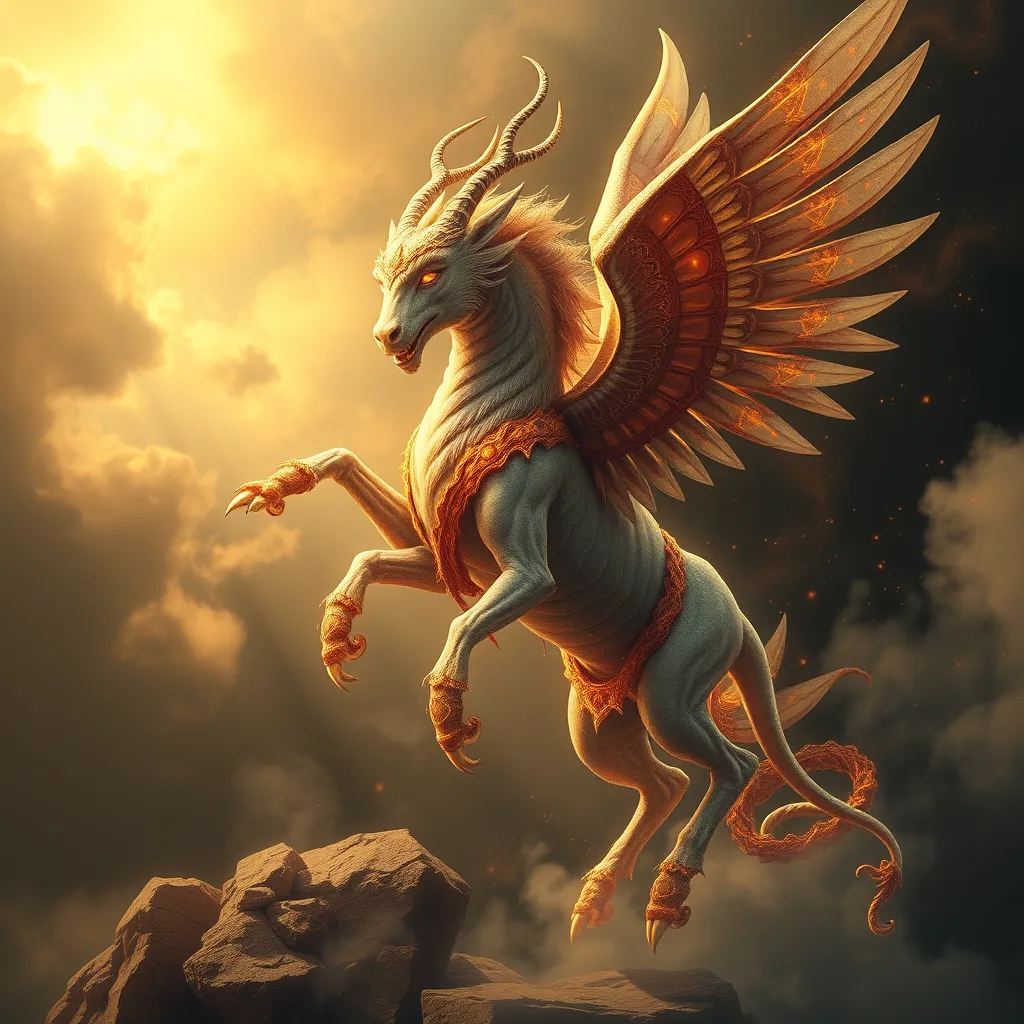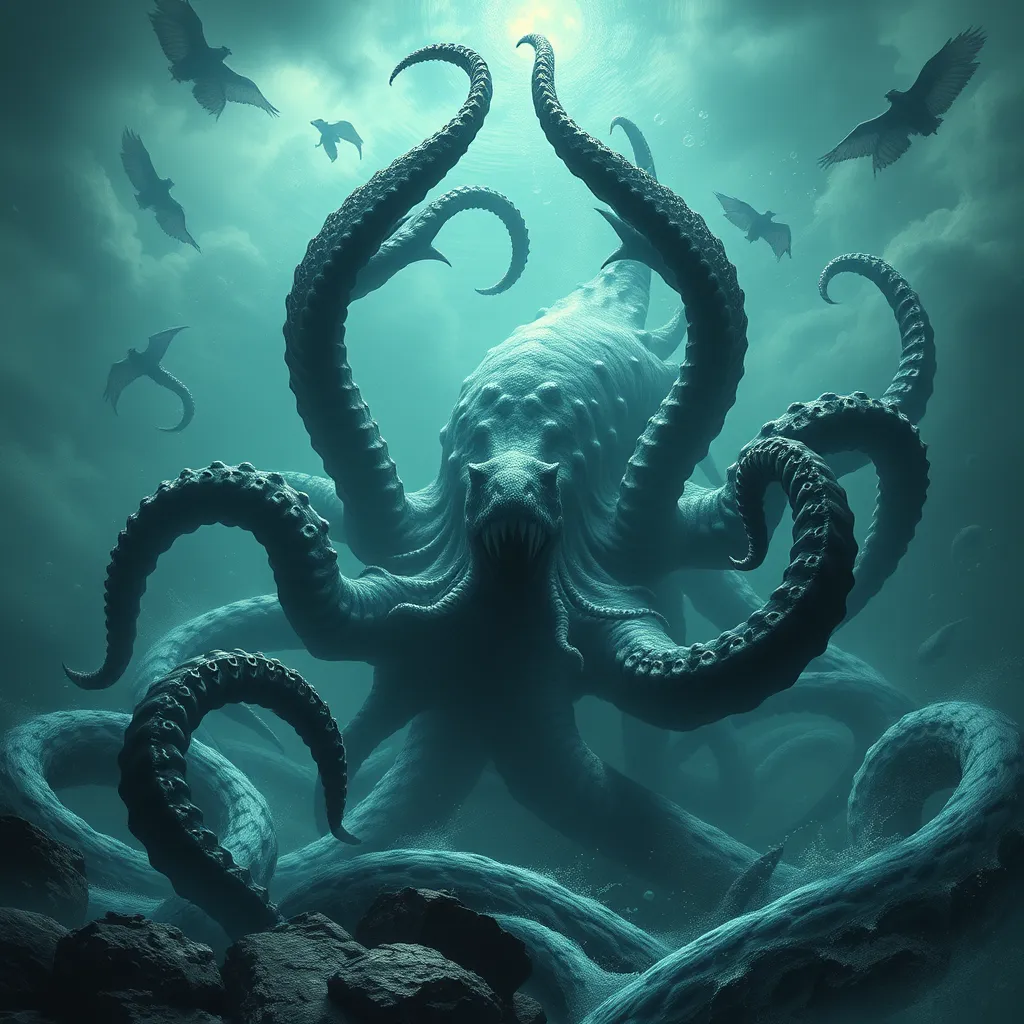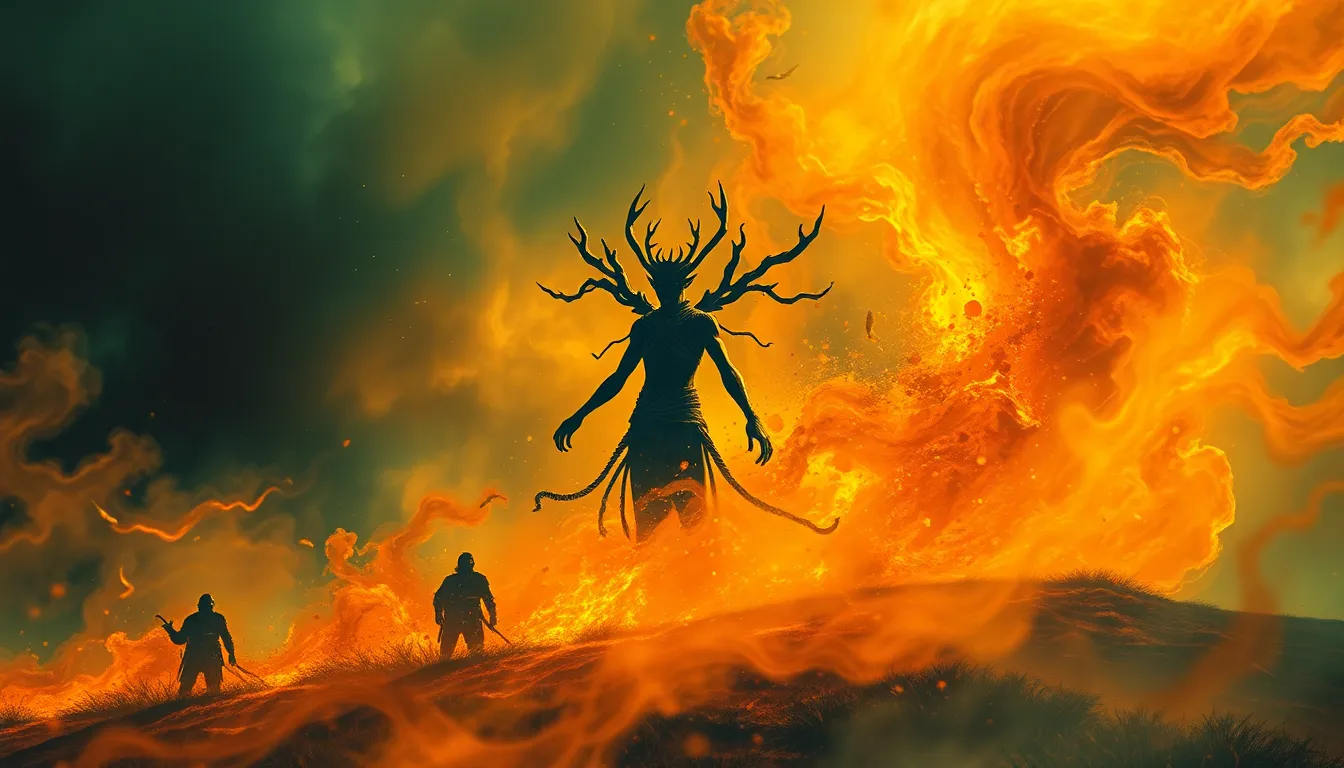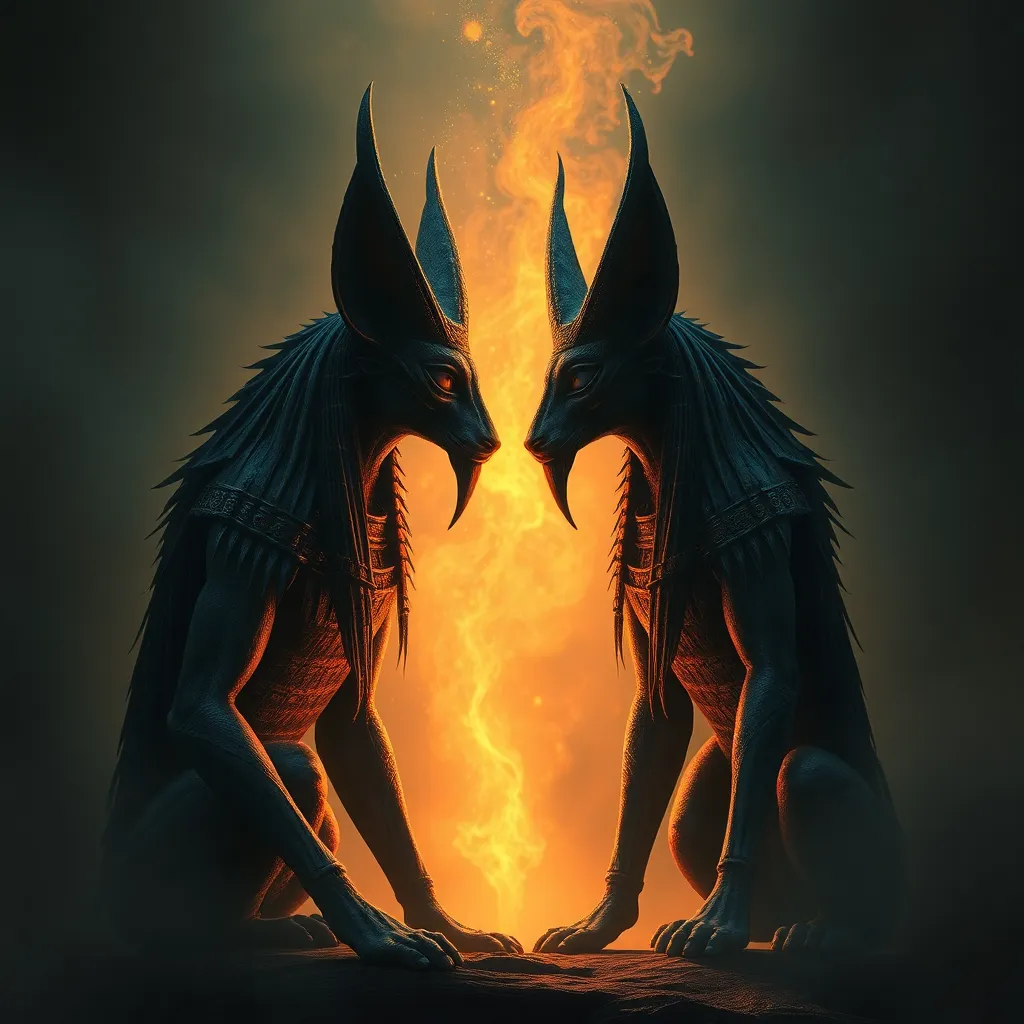The Psychology of the Chimera: Exploring the Human Fascination with Mythical Beings
I. Introduction
The Chimera, a creature from ancient mythology, is often depicted as a hybrid beast, typically portrayed with the body of a lion, the head of a goat protruding from its back, and a tail that ends with a snake’s head. This monstrous being has captivated human imagination for centuries, symbolizing a blend of different forms and ideas. In this article, we will explore the psychological aspects behind the human fascination with mythical beings, particularly focusing on the Chimera.
II. Historical Context of the Chimera
A. Origins of the Chimera in ancient Greek mythology
The Chimera finds its roots in ancient Greek mythology, where it was described as a fire-breathing creature that terrorized the Lycian region. According to myth, it was ultimately slain by the hero Bellerophon, who rode the winged horse Pegasus into battle. This narrative not only highlights the Chimera’s fearsome nature but also sets the stage for its symbolic interpretations.
B. Evolution of the Chimera concept through different cultures
As cultures evolved, so did the representation of the Chimera. In various mythologies worldwide, hybrid creatures emerged, reflecting local values and fears. For instance:
- In Egyptian mythology, the Sphinx combined human and animal traits, serving as a guardian.
- In Asian cultures, dragons often exhibit amalgamated features, symbolizing power and protection.
C. Symbolic meanings attributed to the Chimera in historical contexts
The Chimera has been interpreted as a symbol of chaos and the unknown, representing the fears humanity has towards nature and the uncontrollable aspects of life. Additionally, it embodies the idea of duality and the complexity of existence, serving as a reflection of human struggles.
III. Psychological Theories Behind Mythical Fascination
A. Carl Jung’s archetypes and the collective unconscious
Carl Jung, a renowned psychologist, proposed the idea of archetypes and the collective unconscious. He suggested that certain symbols and themes are universally shared among cultures, influencing human behavior and thoughts. The Chimera can be seen as an archetype representing inner demons and the struggle between opposing forces.
B. The role of mythology in human psychology
Mythology serves as a narrative framework through which individuals interpret their experiences. Myths like that of the Chimera provide a canvas for exploring complex emotions and existential questions, aiding individuals in understanding their life journeys.
C. Fantasy vs. reality: coping mechanisms through mythical beings
Engaging with mythical beings allows individuals to escape from reality and confront their fears in a safe environment. The Chimera, as a fantastical creature, serves as a metaphor for personal challenges, enabling people to navigate their internal conflicts.
IV. The Chimera as a Symbol of Duality
A. Understanding the Chimera as a representation of inner conflict
The Chimera embodies inner conflict, showcasing the struggle between different aspects of human nature. Its multi-faceted form highlights the complexities of identity and the coexistence of conflicting desires.
B. Analysis of duality in human nature: good vs. evil, rational vs. irrational
Humans often grapple with the duality of their existence. The Chimera represents the battle between:
- Good vs. Evil: The struggle between altruistic and selfish tendencies.
- Rational vs. Irrational: The tension between logic and emotion in decision-making.
C. Case studies of individuals identifying with the Chimera archetype
Several individuals have found resonance with the Chimera archetype, reflecting their internal struggles. These case studies illustrate how the Chimera can serve as a powerful symbol for those navigating personal conflicts.
V. Cultural Impact of the Chimera
A. The Chimera in literature and art: a reflection of societal values
Throughout history, the Chimera has appeared in various forms of literature and art, often reflecting societal values and fears. From ancient pottery to modern novels, its image serves as a mirror of human anxieties and aspirations.
B. Modern adaptations and representations in popular culture
Today, the Chimera has been reimagined in numerous ways, appearing in:
- Fantasy novels.
- Video games.
- Movies and television shows, often as a symbol of chaos or transformation.
C. The Chimera in contemporary mythology and its relevance today
In contemporary society, the Chimera continues to be relevant, serving as a symbol of the complexities of modern life, including identity struggles and the blending of cultures.
VI. Psychological Implications of Chimera Fascination
A. The role of mythical beings in shaping identity and self-perception
Mythical beings like the Chimera can play a significant role in shaping individual identity. They provide a framework through which people can explore their own complexities and contradictions.
B. Impact of Chimera imagery on mental health and personal growth
Engaging with imagery of the Chimera can facilitate personal growth and mental health by providing a means to confront and integrate conflicting aspects of the self.
C. The Chimera as a therapeutic tool in psychology
Therapists may utilize the Chimera as a metaphor in therapy, helping clients address their inner conflicts and fears, ultimately aiding in their healing process.
VII. The Chimera in Modern Society
A. The resurgence of interest in mythical beings in the digital age
In the digital age, there has been a resurgence of interest in mythical beings, with the Chimera being a prime example. Online communities and social media platforms provide spaces for exploration and discussion of these creatures.
B. Social media, gaming, and the reinvention of the Chimera
Social media and gaming have played significant roles in reinventing the Chimera, allowing for creative expressions and new narratives that resonate with contemporary audiences.
C. The Chimera as a metaphor for contemporary human experiences and challenges
Today, the Chimera serves as a metaphor for various societal challenges, including:
- The blending of cultures in a globalized world.
- The duality of human identity in changing social landscapes.
VIII. Conclusion
A. Summary of key points discussed
This exploration of the Chimera has highlighted its historical significance, psychological implications, and cultural impact. From ancient mythology to modern reinterpretations, the Chimera continues to fascinate and inspire.
B. Reflection on the lasting significance of the Chimera in human psychology
The Chimera remains a powerful symbol of duality and complexity, reflecting the multifaceted nature of human experience.
C. Final thoughts on the importance of understanding our fascination with mythical beings
Understanding our fascination with mythical beings like the Chimera can provide valuable insights into our own identities and the psychological underpinnings of our fears, aspirations, and conflicts. As we continue to navigate the complexities of modern life, the Chimera serves as a reminder of the rich tapestry of human experience.



